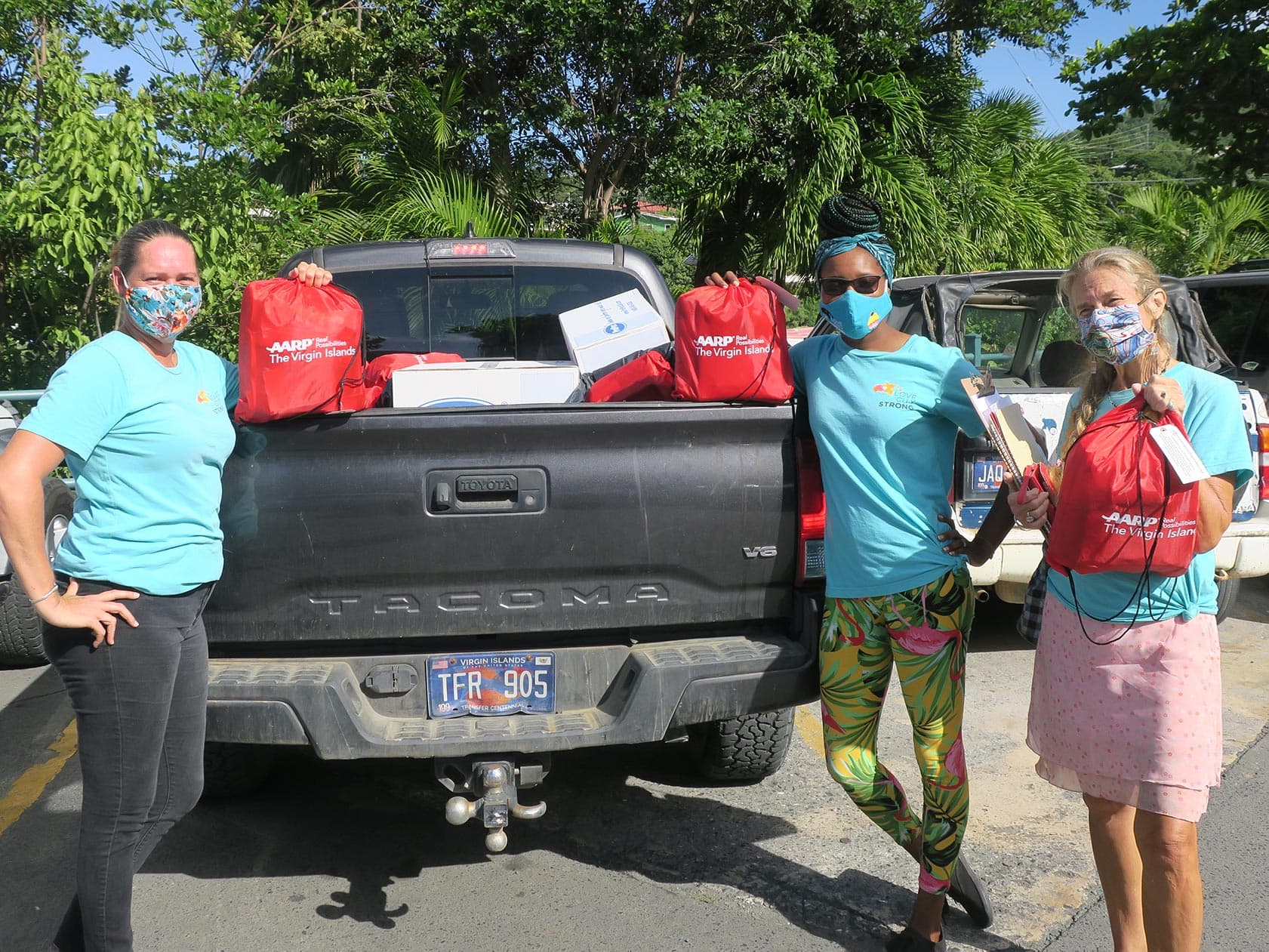How You Can Help

When a disaster strikes, those of us watching from afar have an immediate impulse to give our belongings to those who have lost everything. The impulse to give things like food or clothing is not necessarily a bad one. But if your goal is to help in a way that is as meaningful as possible, giving canned goods, clothes, or other items to disaster survivors is often less effective than giving one simple item: Money.
When resources on the ground are limited, and in communities like St. John where those helping on the ground are themselves disaster survivors, everyone’s time and energy are precious. Physical goods create extra work for those active in recovery. Organizations and volunteers have to devote their time and resources to the collection, sorting, storage, and distribution of goods. This involves money and valuable man hours that should be spent addressing a community’s immediate, most pressing concerns.
Moreover, in post-disaster areas there may not be enough actual space to deal with donated goods. When the majority of physical structures in a community are destroyed, safe and secure long term storage is nearly impossible. With communities in a state of disrepair, and so much storm debris on the ground to deal with, donated goods can create a severe strain on a community’s waste management system.
The best and most meaningful act of charity that you can do for a community after a disaster strikes is to donate money, not physical goods. Providing funding to community organizations eliminates many of the aforementioned challenges, and allows those of us on the ground who are engaged in recovery work to truly meet the community’s needs as they occur.
Here are a few things to remember when donating:
- Donate money directly to trusted, well-established nonprofit organizations with ties to the community. Use free websites like GuideStar and Global Giving to get background information on them, and ensure that they will be good stewards of your generosity.
- Use Go Fund Me or Facebook fundraisers to support individuals or families. Avoid using these platforms to donate to nonprofits, as they create another layer of complication in the giving process. There can be hidden fees and long delays in funding disbursement.
If you are going to donate physical goods, wait for community organizations on the ground to tell you what the community needs. Do not provide what you think a community needs, and do not start mass-donation efforts until you know exactly what is needed. The needs on the ground are ever changing after a disaster. Wait for the community to express itself to you rather than jumping to your own conclusions.
At the end of the day, providing “stuff” is a short term solution to a long term problem, and is a less effective way of helping those in need. Things like maintaining shelters and rebuilding destroyed homes take time and funding. Money provides the mechanism to get these big projects started, while also helping organizations on the ground address the most immediate needs that a community has after a disaster.
